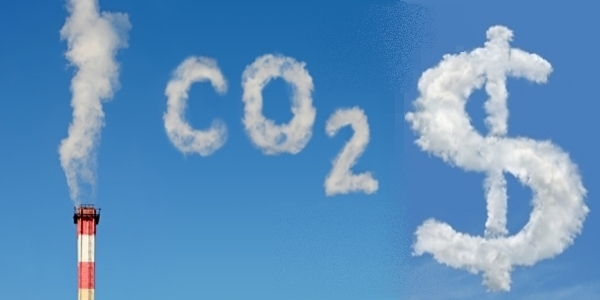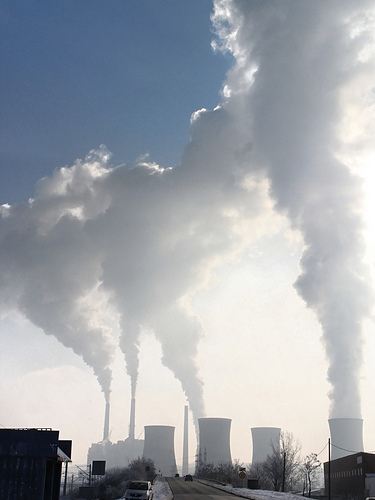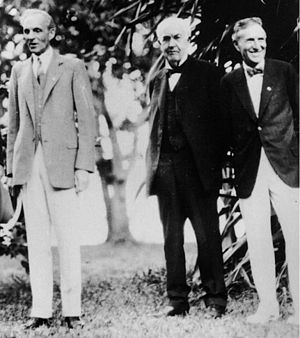Eureka, a controversial bill whose heart is in the right place
California’s lawmakers approved Assembly Bill 1532 on May 29th, known as the Cap and Trade program. The bill imposes strict emissions limits on refineries and power plants that release huge volumes of carbon dioxide into our atmosphere. Regulatory mandates, along with economic incentives, form a kind of carrot-and-stick policy.
Gross polluters will have to consider green alternatives to reduce costs. Meanwhile, manufacturers that surpass carbon emissions limits face stiff penalties, unless they buy surplus credits from efficient companies that don’t test the limits of their own greenhouse gas (GHG) production.
On the surface, the program looks like a flexible approach for managing carbon emissions on a statewide basis. However, allowing wealthier polluters to generate excessive greenhouse gases by virtue of their big budgets feels counter intuitive to sustainable practices.
But don’t start painting protest signs just yet. The Golden State gets a generous cut of this action, and stands to fund numerous green initiatives sprouting from cap-and-trade greenbacks, while significantly reducing carbon emissions across multiple industries.
Cap and Trade will join our global economy as countries trade across big regional boundaries.
In related news, California will officially form an alliance with Quebec by the end of June, expanding the trade of carbon emissions permits to an international arena that may yet include British Columbia in a few months.
Pending approval by The California Air Resources Board, companies from Quebec and California could begin bidding for one another’s carbon emission allowances in November. Other countries, such as Mexico and South Korea, have passed laws regarding carbon trading with plans for linking to regional communities developing similar programs.

Cap-and-trade dollars
Mary Nichols, Chair of the California Air Resources Board, has plans to visit Visit Australia to create a partnership with their own cap-and-trade program, slated to begin in 2015. Clearly Ms. Nichols sees huge potential in a global focus for reducing greenhouse gas (GHG) emissions: “Linking provides more options to California businesses and lays the groundwork for other partners to join with us.”
“The cap and trade system is acknowledged as one of the most efficient and least costly economic tools available to reduce GHG emissions,” says Quebec’s minister for sustainable development, Pierre Arcand. California’s cap-and-trade program becomes official in 2013, setting industry-wide limits on greenhouse gas (GHG) emissions for the first time in the U.S.
A boon to environment and economy alike, Cap and Trade will still face many challenges.
A coalition of environmental groups alleges that California’s Cap and Trade program violates the 1964 Civil Rights act. Their complaint, filed against the California Air Resources Board, claims that cap-and-trade policies will have a disproportionately adverse effect on African-American, Asian and Latino ethnic groups.
Low income communities living near power plants and refineries may risk even greater exposure to gross polluters whose large budgets will allow them to continue releasing excessive GHG’s, defeating the whole purpose of Cap and Trade. The groups seek mediation from the U.S. Environmental Protection Agency to ensure that people with lower socioeconomic status won’t be forced to withstand greater exposure to carbon emissions and other toxins.
All that controversy aside, U.S. Green Chamber of Commerce has plenty o’ praise for broad initiatives promising to produce a financial windfall for environmental causes in California.
Estimates figure that AB 1532 could generate as much as $1 billion by allowing companies to bid for the purchase of extra credits through cap-and-trade auctions in 2012-13. Cap and Trade should create a competitive bidding environment, drawing significantly greater profits for state coffers in the years to come.
Future cap-and-trade billions will fund projects that research and develop clean energy, reduce greenhouse gasses, produce innovative green technologies, conserve natural resources, and promote cleaner air.
Sometimes geniuses really know what they’re talking about.
I’d put my money on the sun and solar energy. What a source of power! I hope we don’t have to wait until oil and coal run out before we tackle that. – Thomas Alva Edison to Henry Ford and Harvey Firestone, shortly before his death in 1931.
Related articles
Cap and Trade and The Triumph of Bipartisan Politics (usgreenchamber.com)
Electric Car Cap and Trade Starts in California (solarfeeds.com)
Emissions Fell Under Cap and Trade Program, Report Says (green.blogs.nytimes.com)
First Real Partner for California’s Cap & Trade Program (blogs.kqed.org)
Cap and Trade protest petition in California (wattsupwiththat.com)
California counting its carbon tax riches (junkscience.com)
South Korea Passes Cap-And-Trade Legislation (solarfeeds.com)










